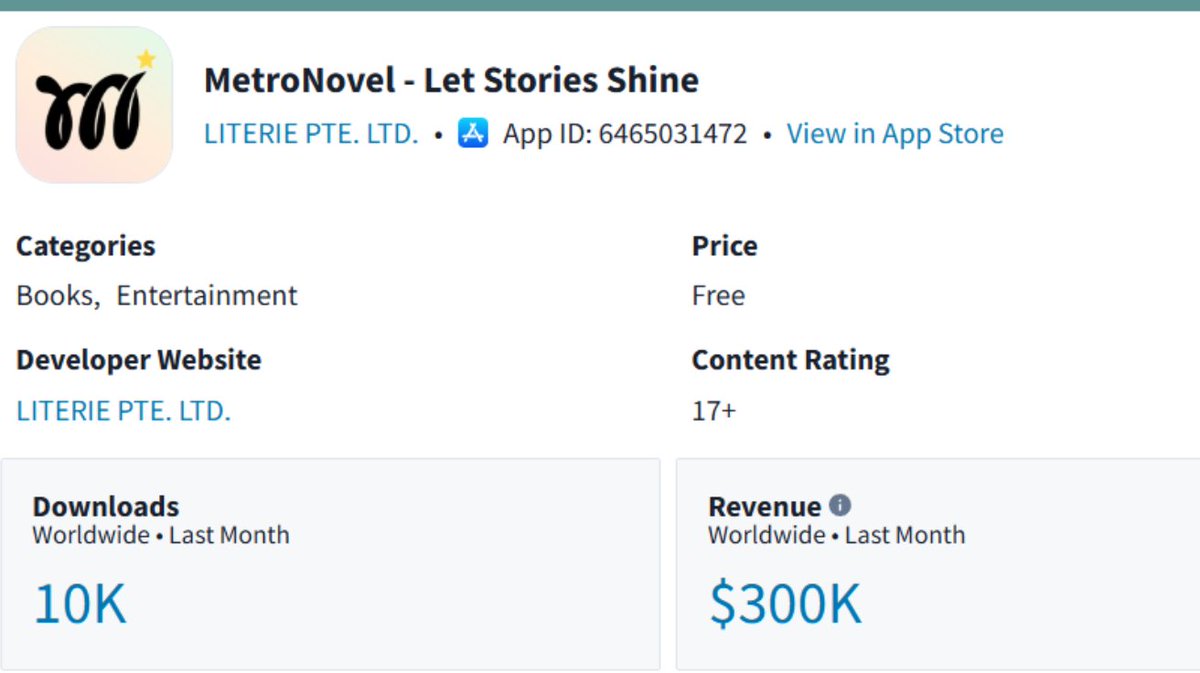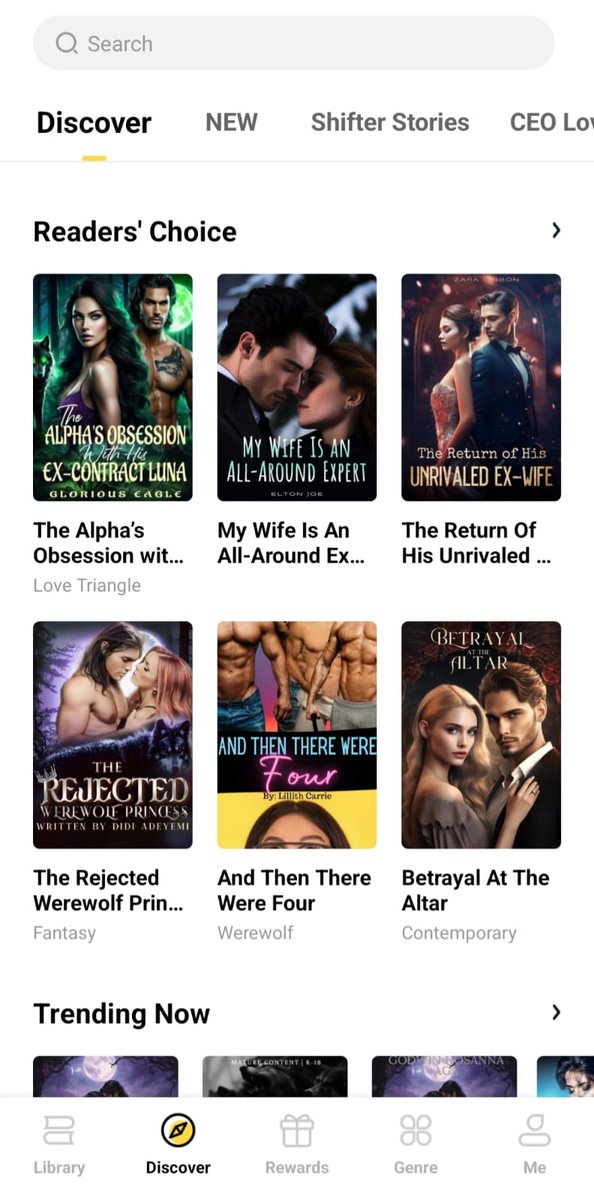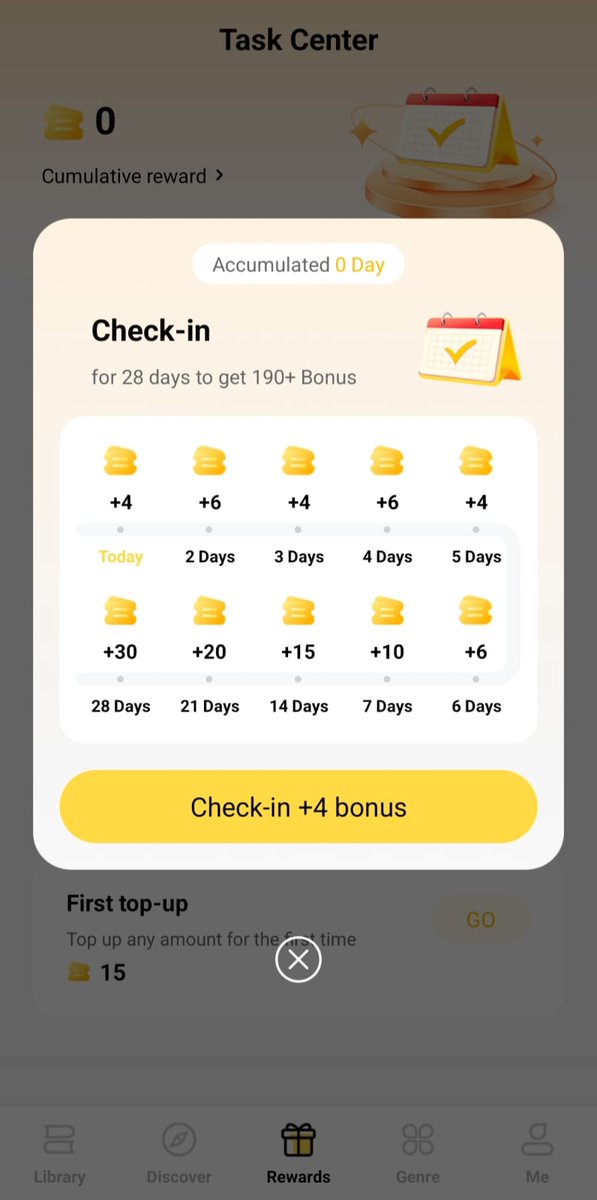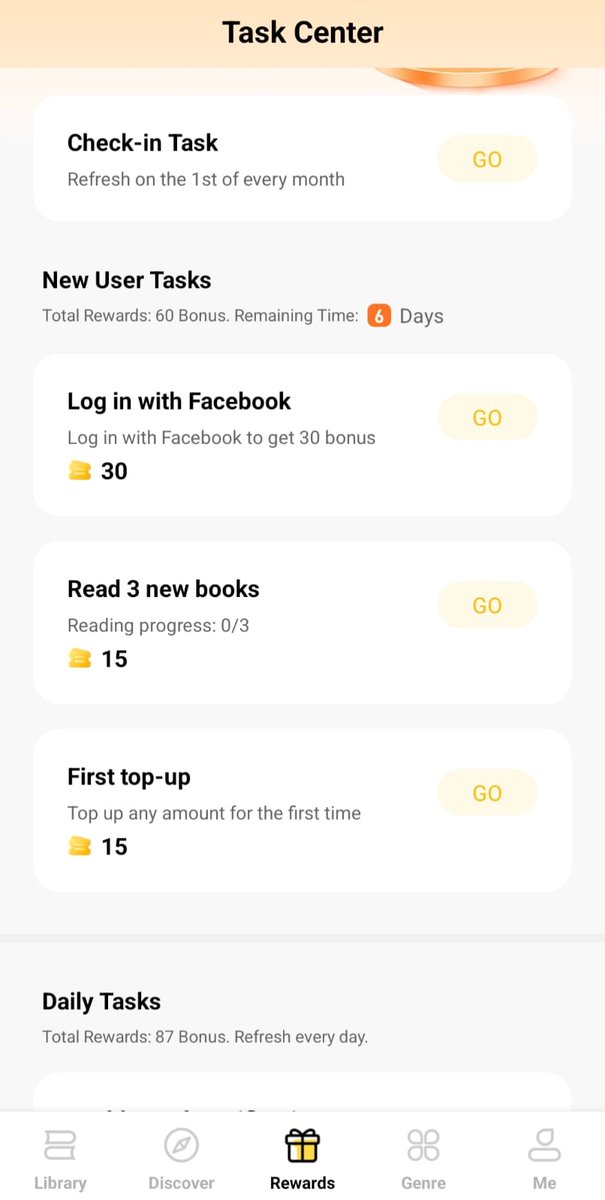You open the app expecting a cozy reading experience.
Instead, you’re thrown straight into a library of novels. Start reading, and within minutes, you’re locked out unless you pay — a lot.
This isn’t just another book app.
It’s a 1-year-old reading platform that scaled fast by stripping away user comfort and focusing only on one thing: monetization.
-
10K downloads
-
$300K in revenue
-
Gamified reading meets mobile game-style pricing

Here’s how they pulled it off — and why they might’ve pulled the plug.
No Onboarding. No Intro. Just Read.
The moment you launch the app, you’re inside the library.
-
No signup wall
-
No tutorial
-
No setup flow
Just a list of novels with flashy covers and titles.

You start reading. A few chapters in, you hit the wall — and the app asks you to pay.
The Price? Confusing — and High
At first, you get pulled in for free. But finishing a story?
-
Can cost $100–$200+ per book
-
Uses a coin-based model with unclear pricing
-
Even monthly subscribers need to buy extra coins
There are user complaints about coins not being delivered or bonuses not appearing.
But the system is designed to extract — not ease.
Gamified Like a Mobile Game
Once you’re in, the app leans into retention:
-
Daily check-ins and reading streaks
-
Chapter challenges like “Read 10 to get coins”


-
Countdown timers for offers
-
Watch ads to earn more coins
-
Tasks reset every day
It’s not built like Kindle. It’s built like Candy Crush.
Paid Ads Fueled the Growth
Their main engine was performance marketing.
They ran:
-
Apple Search Ads targeting genre-specific keywords
-
Facebook ads from multiple accounts — each promoting a different story or trope
That gave them room to test dozens of emotional hooks, characters, and cliffhangers — all to drive downloads at scale.
Then, Suddenly — It All Stopped
Today, the app is quiet.
-
No ASA campaigns
-
No Facebook ads
-
No recent App Store updates
The likely reason? They already run another novel app — Literie — and might be redirecting ad spend to avoid internal competition.
Growth Tactics Behind the Numbers
- No onboarding, straight to story
- Early chapter “free trial” before aggressive upsell
- Gamified user loop for daily retention
- Paid ads used to test hooks across multiple angles
Final Thoughts
This reading app didn’t grow by building trust or a better reader experience.
It scaled by removing friction — not for users, but for revenue.
In an attention economy, the line between content and monetization gets thinner by the day. This app is proof that even in slow-paced niches like books, mobile-first monetization tactics can still win — fast and hard.
But they rarely last.
